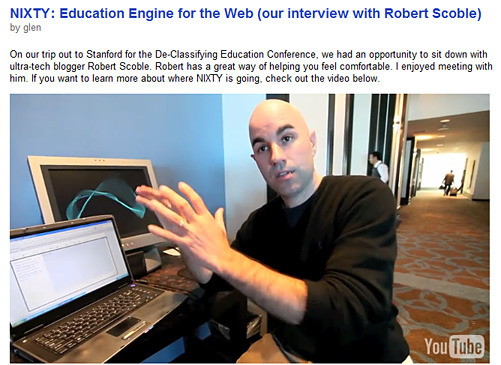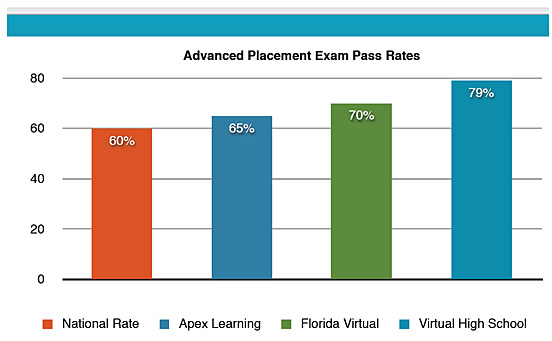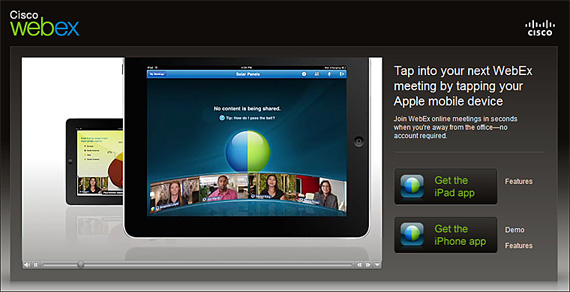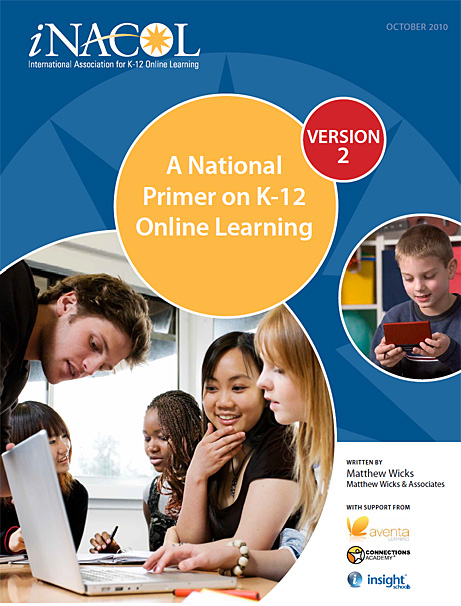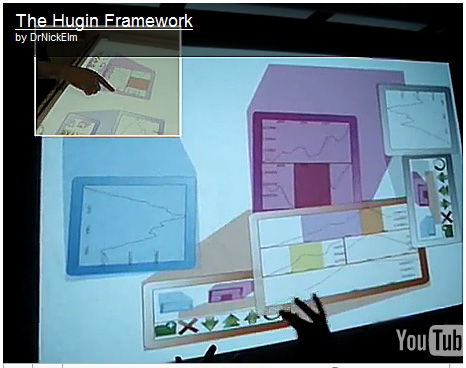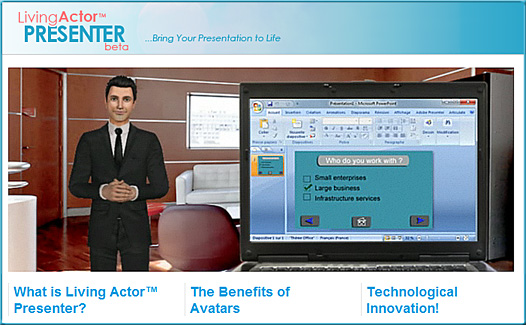An e-Learning Tool Revolution — from Allen Interactions by Ethan Edwards, chief instructional strategist
Allen Interactions had a highly visible presence at the [DevLearn 2010] conference, announcing the official Private Beta Program for a new authoring system, currently under development and code-named Zebra.
…
The experience of using it has really illustrated for me in a fresh way why current authoring systems always fall so short. The challenge of designing instruction for computer delivery is how to craft an experience that engages the learner and creates unique opportunities for that learner to solve challenges. Instructional interactivity is at the core of this design process. Ideally, an authoring tool ought to put the designer at the center of manipulating interactivity.
…
What is so exciting to me about the possibilities that Zebra suggests is that for the first time in my recollection designers will be able to directly and easily manipulate those design elements that define instructional interactivity–Context, Challenge, Activity, and Feedback–in a seamless design environment. Of course, we’re just beginning this journey and there is much unknown about the significance that Zebra might have, but for the first time in a long time, I feel optimistic about authoring potential, which has been rather stalled in its tracks for almost 15 years. I can imagine this dramatically increasing the influence that instructional designers can have in the overall creating of outstanding e-learning applications.









